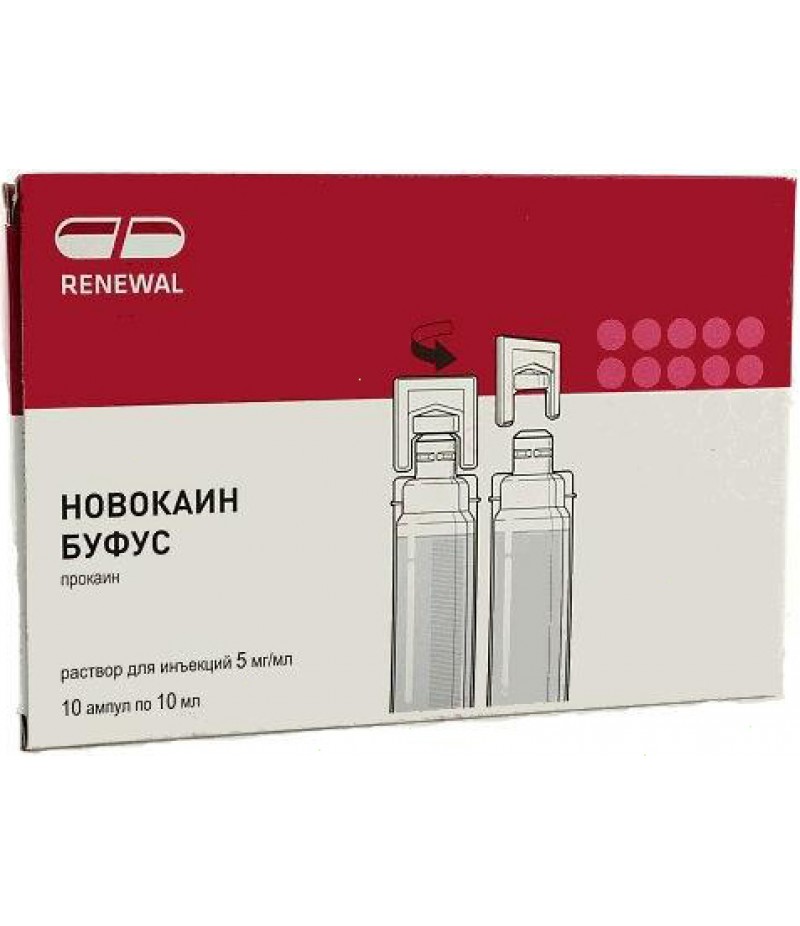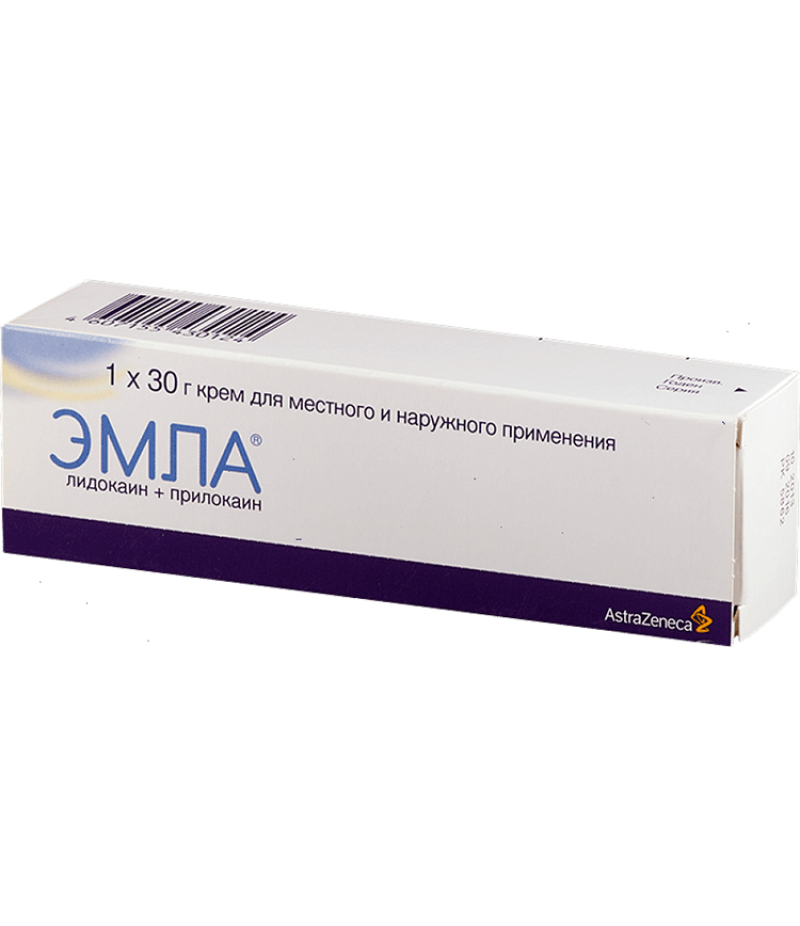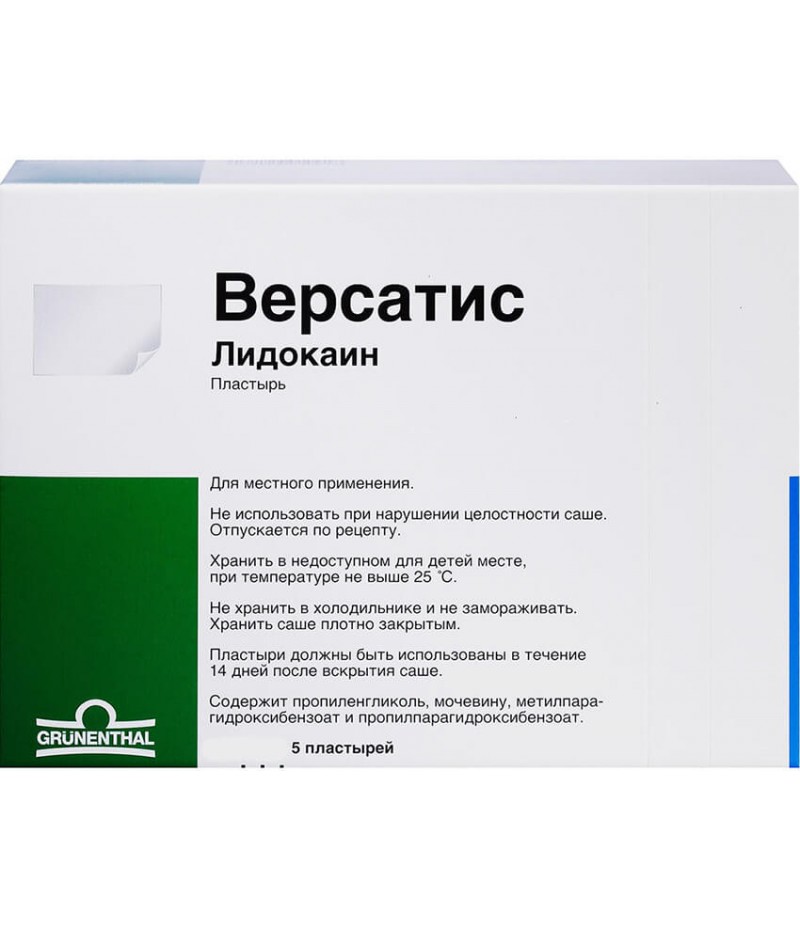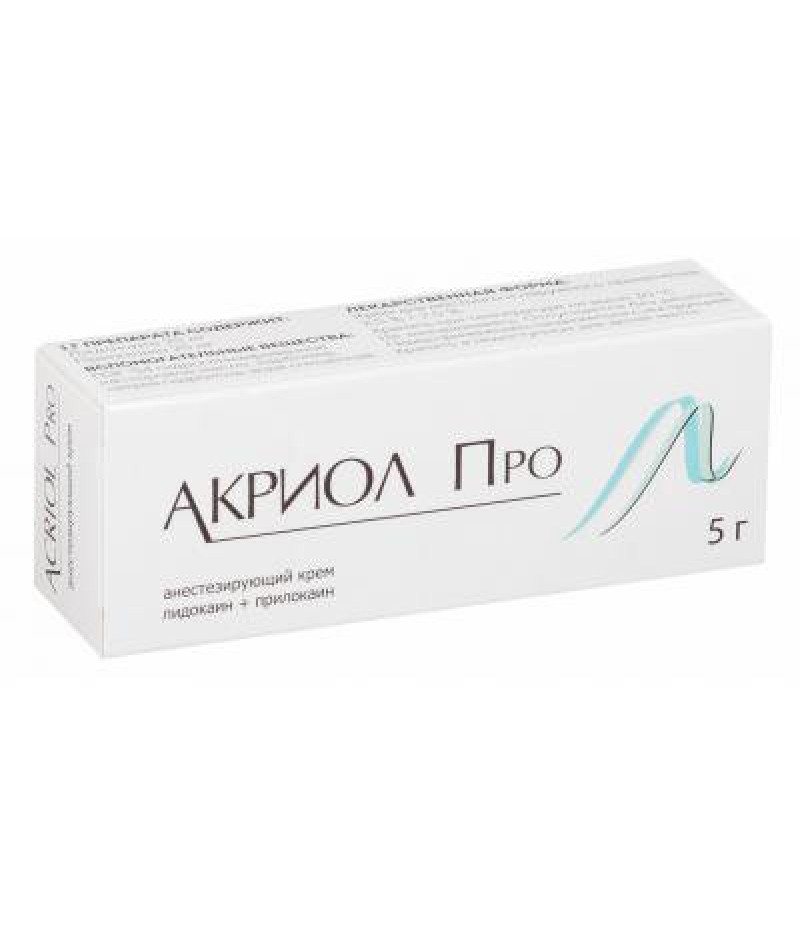Lidocaine 10% 50ml
- $19.14
- 3 or more $17.90
- Availability:In Stock
Lidocaine user manualReed more about Lidocaine and buy it hereCompositionA 10% spray for topical application contains lidocaine, as well as additional components: propylene glycol, peppermint oil, 96% ethanol.Form of release lidoc..
Tags: spray
Lidocaine user manual
Reed more about Lidocaine and buy it here
Composition
A 10% spray for topical application contains lidocaine, as well as additional components: propylene glycol, peppermint oil, 96% ethanol.
Form of release lidocaine
Spray with lidocaine 10 percent is a colorless alcohol solution that has a menthol flavor. Contained in bottles (650 doses), it is equipped with a special pump and nozzle for spraying. The bottle is put in a cardboard box.
pharmachologic effect
Lidocaine - what is it?
Wikipedia testifies that lidocaine is a derivative of acetanilide in chemical structure. He has a pronounced antiarrhythmic and local anesthetic effect.
The pharmacological group to which the active substance belongs is local anesthetics.
Oppresses nerve conduction, blocking sodium channels in nerve fibers and nerve endings, thereby providing a local anesthetic effect.
If you compare the anesthetic effect of procaine, then lidocaine exceeds it 2-6 times. Also, its effects develop faster and last longer. How much the remedy works depends on the interaction with other drugs. If the drug is used concomitantly with Epinephrine, the exposure lasts more than 2 hours. When applied topically, there is an expansion of the vessels, a locally irritating effect is not observed.
In the body, it stabilizes the cell membrane, blocks sodium channels, increases the level of membrane permeability for potassium ions, which determines its antiarrhythmic effect.
Under its influence, repolarization is accelerated in the ventricles, the fourth phase of depolarization in the Purkinje fibers is inhibited, without affecting the electrophysiological state of the atria.
There is no significant effect on contractility and conductivity of the myocardium. Negatively inotropic effect is negatively expressed, it manifests itself for a short time and only if the drug is administered in large doses.
Pharmacokinetics and pharmacodynamics
The highest concentration in the blood after intravenous administration is observed after 5-15 minutes, if the infusion is slow without a saturating initial dose, the maximum concentration is observed after 5-6 hours, and in people with acute myocardial infarction it can be achieved after a long time - up to 10 hours. With plasma proteins binds to 50-80%. In the body it is distributed quickly, it penetrates through the placental and blood-brain barrier.
Metabolism mainly occurs in the liver, microsomal enzymes take part in the metabolism process, while active metabolites - glycinexylidide and monoethylglycinexylidide are formed. In people with liver disease, metabolism is slower. Excretion occurs with bile and urine.
If the cream with lidocaine or other drugs are applied topically, then the absorption depends on the dose, as well as on the place on which the cream or gel with lidocaine is applied. The speed of perfusion in the mucosa acts on the absorption.
There is good absorption in the respiratory tract, therefore, care must be taken to prevent the administration of the drug in toxic doses.
After the injection of lidocaine intramuscularly, almost complete absorption is noted. Distributed rapidly, with proteins, depending on the concentration of the active ingredient, binds to 60-80%.
The elimination half-life depends on the dose administered, it is equal to 1-2 hours.
If aerosol is used, its effect is manifested for 1 minute, lasts 1-2 minutes. There is a gradual disappearance of the attained decrease in sensitivity for 15 minutes.
Indications for use
A number of indications for the use of different forms of the drug are determined.
Indications for use intravenously and intramuscularly:
for carrying out infiltration, spinal, epidural, conductive anesthesia;
for terminal anesthesia (also used in ophthalmology);
at ventricular arrhythmias, which are associated with glycosidic intoxication;
for arresting and preventing the development of recurrent ventricular fibrillation in patients with acute coronary syndrome, as well as repeated paroxysms of ventricular tachycardia.
In dentistry, lidocaine in ampoules is used for local anesthesia, with surgical interventions in the oral cavity:
when removing milk teeth;
at opening of superficial abscesses;
when removing fragments of bone and suturing wounds;
for the anesthesia of the gum to fix the prosthesis or crown;
with the purpose of suppressing or reducing the intensified pharyngeal reflex during preparation for radiographic examination;
before removal or excision of an enlarged papilla of the tongue;
before excision of benign superficial mucosal tumors;
for dissection of salivary gland cysts and frenuloectomy in children.
Application in ENT-practice:
before the septectomy, electrocoagulation, resection of nasal polyps;
for additional anesthesia before the opening of the paratonsillar abscess;
as additional anesthesia before the puncture of the maxillary sinus;
before carrying out tonsillectomy for the purpose of anesthetizing and reducing the pharyngeal reflex (not applicable for adenectomy and tonsillectomy in children under eight years old);
for anesthesia before rinsing the sinuses.
Application for examination and endoscopy:
for anesthesia, if necessary, enter through the mouth or nose probe;
for anesthesia before rectoscopy and if necessary replace catheters.
Application in obstetrics and gynecology:
with the purpose of anesthetizing the perineum for the performance of episiotomy or treatment;
for anesthesia of the operating field during a number of surgical interventions;
for anesthesia when applying sutures in case of abscesses;
for anesthesia during excision and treatment of rupture of the hymen.
Application in dermatology:
for anesthesia of mucous membranes before small surgical operations.
Application in ophthalmology:
for anesthesia, if necessary, apply contact research methods;
for pain relief with brief interventions on the conjunctiva and the cornea;
in the period of preparation for ophthalmologic operations.
Contraindications for use
Lidocaine in ampoules can not be used in people who have the following diseases and conditions:
severe bradycardia;
syndrome of weakness of the sinus node;
sinoatrial blockade;
AV blockade of the second and third degree (exception - when a probe is injected to stimulate the ventricles);
heart failure in acute and chronic form;
WPW syndrome;
a significant reduction in blood pressure;
cardiogenic shock;
Adams-Stokes Syndrome;
retrobulbar injection (people suffering from glaucoma);
violations of intraventricular conduction;
pregnancy and lactation;
marked sensitivity to the components of the agent.
Caution Lidocaine IV and for injection is prescribed for chronic heart failure, hypovolemia, arterial hypotension, sinus bradycardia, renal and hepatic insufficiency in severe form, AV blockade of the first degree, decreased hepatic blood flow, epileptiform convulsions.
Also, with caution, the drug is prescribed for elderly and debilitated people, adolescents and children under 18 years of age, patients with high sensitivity to other amide agents for local anesthesia.
It is also important to consider that the patient may have contraindications to carrying out a certain type of anesthesia.
It should be noted that aerosol is contraindicated in dental plaster as a molded material, since there is a risk of aspiration.
Side effects
When used, the following side effects may develop:
Central nervous system: headache, euphoria, drowsiness, dizziness, impaired consciousness, weakness, convulsions, disorientation, paresthesia, nystagmus, tremor, neurotic reactions, photophobia, tinnitus, etc.
Vessels and heart: lowering of pressure, chest pain, collapse, bradycardia (cardiac arrest possible), peripheral vasodilation.
Symptoms of allergies: rash, itching, hives, angioedema, anaphylactic manifestations.
Gastrointestinal tract: vomiting, nausea.
Other manifestations: a feeling of cold or heat, persistent anesthesia, hypothermia, methemoglobinemia, erectile dysfunction.
Local manifestations: a feeling of mild burning, disappearing within 1 minute.
Instructions for use of lidocaine (Method and dosage)
Spray Lidocaine, instructions for use
Spray should be sprayed on the mucous membranes. Dosage depends on how extensive the surface area you need to anesthetize. With a single spray, 4.8 mg of the active ingredient is released. A minimum dose should be used that provides the desired effect. As a rule, the expected action is manifested after 1-3 sprays. More sprays are used in obstetrics, at 15-20, with a maximum allowable dose of 40 sprays at a weight of 70 kg.
Keep the bottle upright by spraying the aerosol.
Some drugs (Lidocaine, Lidocaine Acept Spray) should be administered only by specialists.
If necessary, use an aerosol for children, it is applied with a cotton swab, as this avoids a burning sensation.
Overdose
If an overdose is noted, the patient's first signs of intoxication may be nausea, dizziness, vomiting, a sense of euphoria, asthenia, lowering blood pressure. Later, seizures of mimic muscles develop, which turn into convulsions of skeletal muscles. The patient also has bradycardia, psychomotor agitation, collapse, asystole. If an overdose has occurred during childbirth, a newborn can develop a bradycardia, an apnea, an oppression of the respiratory center.
In case of an overdose, it is necessary to stop the administration of the agent, to carry out inhalation with oxygen. Then symptomatic breathing is carried out. When developing seizures, 10 mg of diazepam should be administered. In the case of bradycardia, the introduction of m-holinoblokatorov (atropine), vasoconstrictors. Hemodialysis will be ineffective.
Interaction
When used with other drugs, a number of interaction reactions may develop:
When taking cimetidine and beta-blockers, the risk of toxic effects increases.
With simultaneous use, the cardiotonic effect of digitoxin decreases.
It enhances the muscle relaxation of curare-like drugs.
Negative inotropic action is enhanced with simultaneous reception of verapamil, aymalin, quinidine and amiodarone.
Effectiveness of lidocaine influence reduces the inductors of microsomal liver enzymes.
With concomitant administration of vasoconstrictors (methoxamine, epinephrine, phenylephrine), the local anesthetic effect of lidocaine can be increased, and pressure and tachycardia may increase.
Lidocaine reduces the effect of antimiasthenic drugs.
With simultaneous use with procainamide, CNS excitation and hallucinations are possible.
Extends and enhances the effect of muscle relaxants.
With the simultaneous administration of meqamylamine, guanethidine, trimetaphane and guanadrel, the risk of a marked decrease in blood pressure and bradycardia increases.
When applying together phenytoin and lidocaine is likely to reduce the resorptive effect of lidocaine, an unwanted cardiodepressive effect may also develop.
When taking simultaneously MAO inhibitors, the local anesthetic effect of lidocaine can be enhanced, and a decrease in blood pressure is noted. Do not administer lidocaine parenterally to patients who take MAO inhibitors.
If concurrently prescribed polymyxin B and lidocaine, it is important to monitor the respiratory function of the patient.
The inhibitory effect on respiration and the central nervous system may increase if lidocaine is taken with sedatives and hypnotics, as well as with hexenal, thiopental sodium, opioid analgesics.
If intravenous lidocaine is administered to people who take cimetidine, there may be a number of negative effects - drowsiness, dizziness, paresthesias, bradycardia. If there is a need to combine these funds, it is necessary to reduce the dose of lidocaine.
If the places where the injection of lidocaine was injected were treated with solutions for disinfection in which heavy metals are contained, the likelihood of local reactions increases.
Storage conditions
The medicine should be stored at t from 15 ° to 25 ° C.
Shelf life
Lidocaine 2 percent can be stored for 3 years. Lidocaine 10% can be stored for 2 years. Eye drops can be stored for 2 years. After the vial has been opened, you can use its contents for one month.
special instructions
It is necessary to very carefully carry out anesthesia of tissues with high vascularity to avoid injection into the vessels, it is recommended to conduct an aspirate test.
It is important during the treatment to gently drive the vehicle and perform other actions that require precision.
Very carefully used drugs with lidocaine (Lidocaine Asept, Catejel with Lidocaine, etc.) should be used very carefully if there are traumas of the mucous membranes, as well as people with mental retardation, elderly and weakened patients.
Using a spray, it is necessary to avoid it getting into the eyes, in the respiratory tract. Very carefully, you need to apply the remedy to the back of the pharynx.
All precautions should be followed using a spray for bikini epilation and contraindications, including lidocaine with toothache, lidocaine patch, etc. The specialists categorically do not recommend the use of a spray to prolong the sexual intercourse: in this case, only prolonging agents prescribed by a doctor should be used . For epilation can only be used if there is no individual intolerance to the drug.
Patients should note that this remedy can not be used alone, without the appointment of a doctor. Only by prescription, you should also use an ointment with lidocaine or anesthetin.
Use the drug only with the necessary concentration. So, if the solution content is defined as 20 mg / ml, how much per cent is determined simply: it is a 2% solution.
Lidocaine analogues
Lidocaine or Novocaine - which is better?
Novocain is a medicine that exhibits moderate analgesic activity, whereas lidocaine is an effective anesthetic. However, Novocaine is a less toxic drug.
Children
Carefully prescribe drugs for children under 18 years of age, because too slow metabolism can accumulate the active substance. Children up to 2 years are recommended to apply the product with a cotton swab, and not by spraying.
It is not recommended to use Lidocaine Aerosol for local anesthesia before adenotomy and tonsillectomy for children under 8 years old.
Lidocaine during pregnancy and lactation
This drug is contraindicated for use in pregnancy, as well as in women with breastfeeding. It is possible to use lidocaine in an aerosol during pregnancy, but you need to do this only under the supervision of a doctor and with a clear correlation of benefit and risk.
It should be borne in mind, using Lidocaine Bufus, that this drug during pregnancy is used only for life indications.
Reviews about Lidocaine
Most often online there are reviews on the spray Lidocaine, they are basically I'm positive. Users write that the aerosol really effectively anesthetizes immediately after application.
Especially often there are positive reviews about the use of the spray for hair removal. But experts are not advised to use the drug at their own discretion, for example, applied to the glans penis to prolong sexual contact.
There are reviews about the effectiveness of the drug Catejel with lidocaine, which users still advise to use under the supervision of a doctor.





